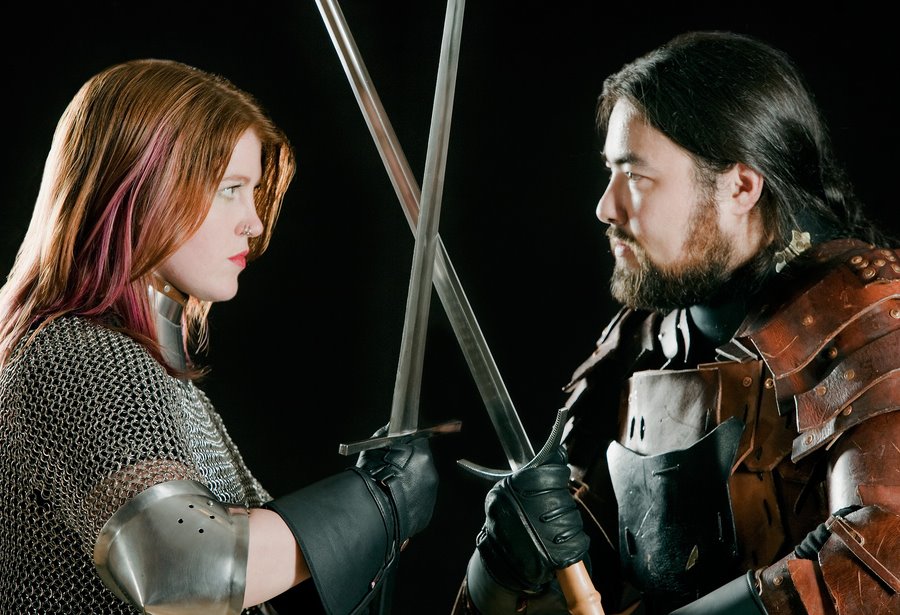When you choose to dedicate a significant portion of your life to acquiring an art, there are two primary types of martial learning environment in which you must spend time. One would be a symmetrical environment, where your training and sparring partners are doing (or trying to do) the same thing as you. The other is an asymmetrical environment, where your training partners are specifically applying a different system or come from a completely different training background.
Absolutely, your skills must be able to survive an asymmetrical encounter if you want them to be valid for fighting in any circumstance; however, you do not want to rush into this place. Working in a symmetrical environment first will help you acquire a skill faster by allowing you to stack 3 different types of learning:
1. Direct learning - This is the primary deliver. A teacher demonstrates a technique, describes it verbally, visually, and physically. They then prescribe exercises and help coach you in its application.
2. Parallel Mimicry - Humans are surprisingly able to learn by emulating what's going on in their peripheral vision. Being in an arrangement where someone is doing the same thing as you, while standing beside you, can substantially aid your acquisition of a new skill.
3. Partner Mimicry - Having a drilling partner or sparring partner who is practicing the same skill as you will help you acquire the skill in a couple different ways: through mimicry of their body mechanics and by "playing by the rules". Eventually all skills must be tested in a more varied environment but at the beginning, having a partner who is working in the same system as you is valuable. A partner will help you to acquire that system without challenging its precepts too early.
Be choosy about how and with whom you practice at the beginning of your journey. It's often not the quantity of practice but the quality that makes the most difference.
